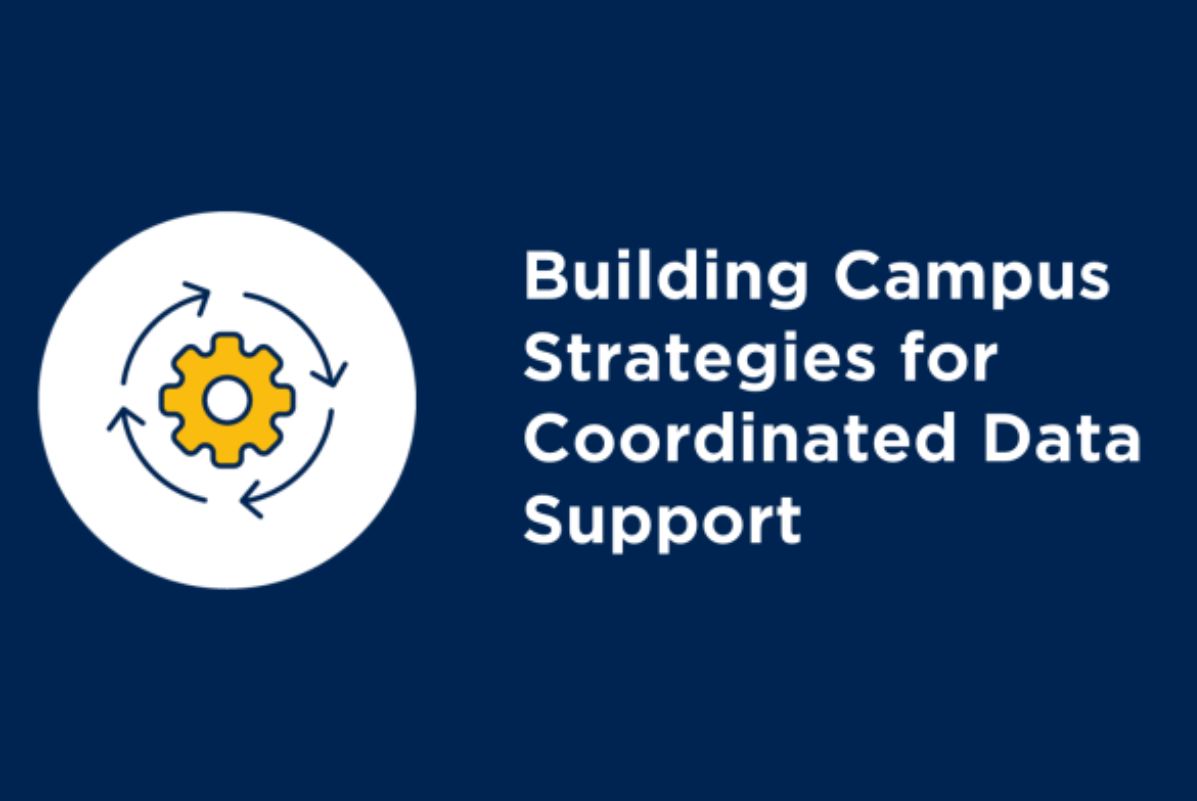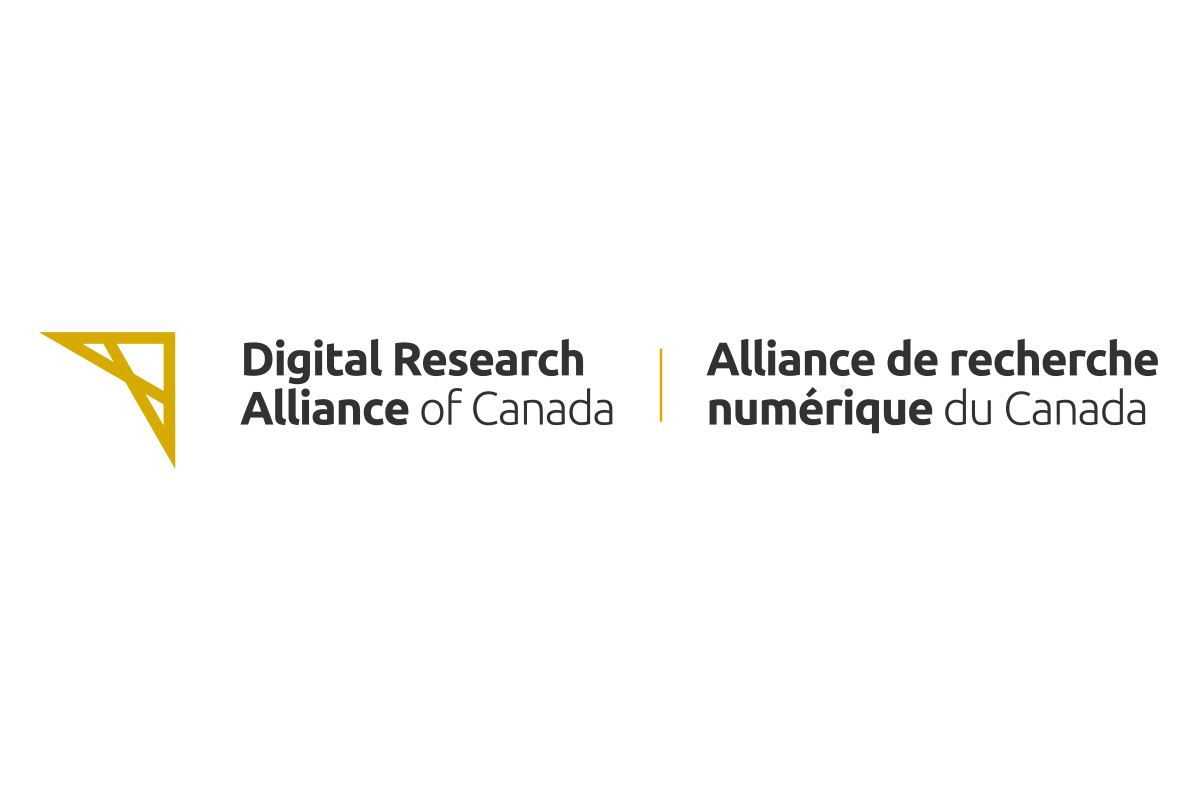Queen’s University is among a group of researchers and computer scientists at Canadian institutes who are working towards identifying a more comprehensive and inclusive methodology to predict Bronchopulmonary Dysplasia (BPD) and death in preterm infants.
Group Details:
Faiza Khurshid, Associate Professor, Department of Pediatrics, School of Medicine, Queen’s University
Helen Coo, Grants & Special Projects Leader, Department of Pediatrics, School of Medicine, Queen’s University
Amal Khalil, Senior Analytics Developer, Centre for Advanced Computing, Queen’s University
Jonathan Messiha, Master of Management in Artificial Intelligence, Smith School of Business, Queen’s University
Joseph Y. Ting, Associate Professor, University of Alberta
Jonathan Wong, Assistant Professor, University of British Columbia
Prakesh Shah, Professor, University of Toronto, Director Canadian Neonatal Network Investigators
Current models for early prediction of BPD and death in preterm infants are limited to traditional logistic regression models. Other types of machine learning (ML) models are presently unexplored. Additionally, current models are not suited for use in Canada. The NICHD’s online risk estimator, the standard web-based tool for BPD estimation, has not been validated for the Canadian population and would require an extensive study for use in Canada. Problematically, existing datasets do not capture all the required variables for an external validation study, thus requiring data collection from a massive cohort of infants. Last, the current online risk estimator requires the input of ethnicity, yet response options are limited to white, black, or Hispanic which results in data that is not inclusive of ethno-diverse populations. The need for a comprehensive and inclusive model designed for use in Canada would aid in the identification of BPD and death in preterm infants. Dr. Faiza Khurshid, Associate Professor, Queen’s University, explains, “Babies born very prematurely are at risk of bronchopulmonary dysplasia (BPD), a lung disease that can have lifelong impacts on respiratory and cardiovascular function. A prediction model would help to target and guide decision-making around preventive treatment and to facilitate more personalized counseling of families.”
The group aims to develop and compare a range of regression-based and machine learning approaches to predict BPD and/or death in preterm infants to more precisely identify risk factors as early as possible. To complete the analysis, Dr. Khurshid, partnered with researchers and computer scientists from Queen’s University, University of Toronto, University of Alberta, and University of British Columbia, and utilized datasets from the Canadian Neonatal Network. The researchers worked collaboratively with ML expert, Dr. Amal Khalil, Centre for Advanced Computing at Queen’s University and Jonathan Messiha, graduate student, Master of Management in Artificial Intelligence, Smith School of Business at Queen’s University, to analyze various logistic regression models against other ML models to identify a more comprehensive and inclusive method of prediction.
The group’s initial analysis, “Comparison of Multivariable Logistic Regression and Machine Learning Models for Predicting Bronchopulmonary Dysplasia or Death in Very Preterm Infants” was published in Frontier’s in Pediatrics. Although the first phase of the study did not yield significant differences between the two model types, it did contribute to narrowing the gaps in clinical identification. This initial step is important as the group moves into the second phase of the project, developing multinomial models to predict BPD severity and death, where it will apply similar logic to further analyze methodologies.
Dr. Khurshid summarizes the impact of the study as she explains, “Our research is using a novel approach in developing clinical prediction models for Canadian preterm infants; a first step towards the ability to accurately predict those at risk.”
More information about the study can be found in the Frontier’s in Pediatrics publication.
Special thanks are extended to the Canadian Neonatal Network as the study would not have been successful without the data and resources provided by their team.
Queen’s University: https://www.queensu.ca/
Centre for Advanced Computing: https://cac.queensu.ca/
Smith School of Business: https://smith.queensu.ca/
Kingston Health Sciences Centre: https://kingstonhsc.ca/
Canadian Neonatal Network: http://www.canadianneonatalnetwork.org/
University of Toronto: https://www.utoronto.ca/
University of Alberta: https://www.ualberta.ca/
University of British Columbia: https://www.ubc.ca/





